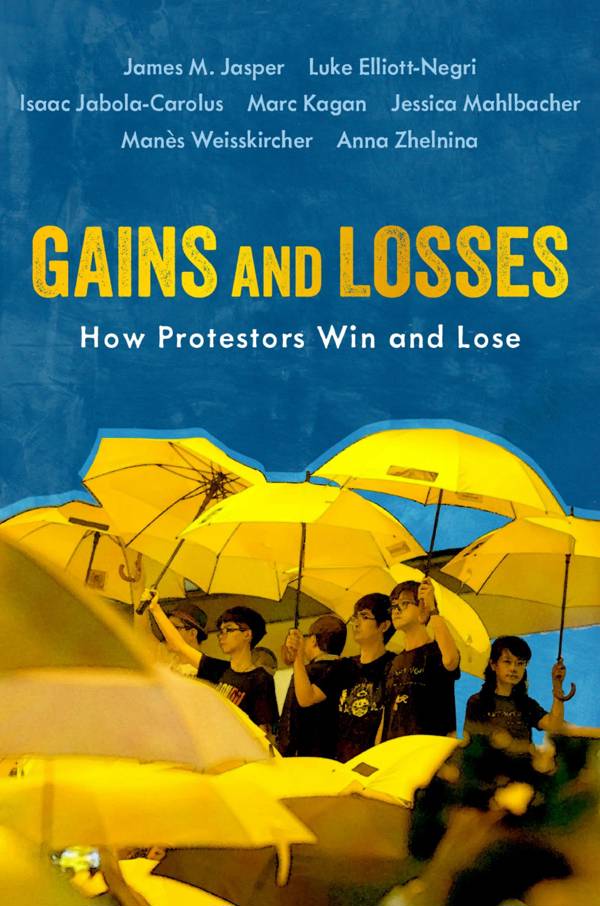What kind of tradeoffs do protest movements face in trying to change the world around them? Many scholars have tried to figure out why some social movements have an impact and others do not. By looking inside movements at their component parts and recurrent strategic interactions, we show that they usually produce familiar packages of effects, including both gains and losses. We ask what kinds of tradeoffs and dilemmas these packages reflect, why a certain kind of gain is so often accompanied by a familiar kind of loss. We do this by examining not just the diverse players involved in politics and protest but also the many strategic arenas in which they maneuver. Success in one arena often entails a loss in another. We analyze six diverse cases from around the world: Seattle’s conflict over the $15-an-hour minimum wage; the establishment of participatory budgeting in New York City; a democratic insurgency inside the New York Transport Workers’ Union; a communist party’s struggle to gain votes and also protect citizen housing in Graz, Austria; the internal movement tensions that led to Hong Kong’s umbrella occupation; and Russia’s electoral reform movement embodied in Alexei Navalny. Gains and Losses looks at the details of politics, where individuals make decisions, negotiate with allies and opponents, suffer tradeoffs, and struggle with dilemmas. No social movement gets everything it wants, and some get nothing. In between, most attain complex packages of gains and losses.
Jasper, James M.; Isaac Jabola-Carolus,; Luke Elliott-Negri; Marc Kagan; Jessica Mahlbacher; Manes Weisskircher & Anna Zhelnina (2022) Gains and Losses: How Protestors Win and Lose. New York: Oxford University Press.







